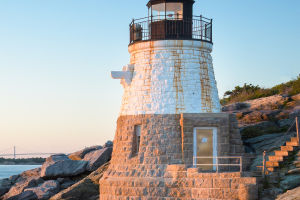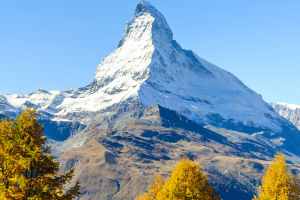Wetlands are one of the most important ecosystems on Earth, serving as a unique and complex link between terrestrial and aquatic ecosystems. What's more, they are crucial environmental resources for humans, as well as natural ecosystems that are rich in biodiversity and productivity.
Unfortunately, due to human activities such as wetland reclamation and changes in land use, wetland ecosystems have been seriously damaged, leading to increased flooding, aridity, and reduced biodiversity. Therefore, it is crucial to protect wetlands.
Here are some of the most famous wetlands in the world:
1. Pantanal Wetland Park
The Pantanal wetland is the largest wetland in the world, spanning an area of 242,000 square kilometers across the states of Mato Grosso and Mato Grosso do Sul in South America, as well as parts of Bolivia and Paraguay.
The wetland floods over 80% of its area during the rainy season, making it the richest concentration of aquatic plants in the world. Because of this, it is considered to be the most densely populated ecosystem of flora and fauna in the world, with vibrant neotropical areas.
2. Mandopi Wetland
The Mandopi Wetlands are located in the center of the Congo Basin, close to the equator. Twice the size of Belgium, it extends over 65,695 square kilometers of rainforest wetlands surrounded by rivers and lakes. It contains the largest inland freshwater waters in Africa and is currently the largest international wetland reserve under the Ramsar Convention. It is one of the most important wetlands in Africa.
3. Okavango Delta
Botswana's Okavango Delta is one of the largest inland waterways in the world, formed where the Okavango River flows into the Kalahari Desert Basin. Most of the water is lost through evaporation and transpiration rather than being discharged into the sea.
The delta is known for its diverse wildlife, including elephants, hippos, giraffes, crocodiles, lions, cheetahs, rhinos, and zebras. The delta and its surrounding areas are home to an estimated 200,000 large mammals, most of which are not year-round residents.
4. Kakadu Wetlands
Kakadu National Park is a diverse park located in the Northern Territory of Australia.
The park's wetlands offer one of the best wildlife viewing opportunities. Freshwater and saltwater crocodiles sleep on the banks of the many rivers and stagnant pools for most of the day, but they can also be seen floating or swimming in the water. One of Kakadu's most famous landmarks is the Yellow Water Pool, which attracts millions of migratory birds each year.
5. St. Lucia Wetlands
The St. Lucia Wetlands are located on the east coast of South Africa and have been inhabited since the early Stone Age. It is famous for its vast wetlands, sand dunes, beaches, coral reefs, and countless animal species.
The wetlands are known for having some of the largest fauna in nature, including humpback whales, African elephants, rhinoceroses, crocodiles, hippos, leatherback and savage turtles, and the highest density of black rhinos in the world.
Overall, these wetlands are critical environmental resources that must be protected for their biodiversity, productivity, and the benefits they provide to humans.


